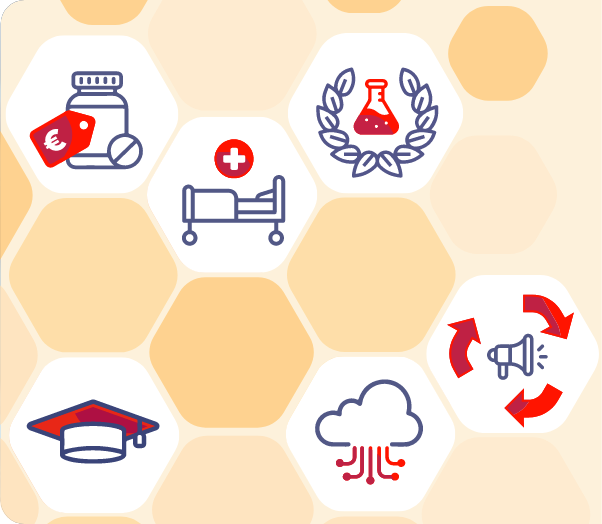Acute stroke management faces significant challenges despite recent progress. Intracerebral hemorrhage (ICH) accounts for 15% of all strokes and lacks effective treatment options. Additionally, only a small portion of acute ischemic stroke (AIS) patients qualify for intra-arterial therapy (IAT), and even after successful IAT, many experience poor outcomes due to incomplete microvascular reperfusio. The ambition of CONTRAST 2.0 is to improve outcome after stroke and increase the number of patients who are eligible for acute treatment. CONTRAST 2.0 addresses the aims of the Dutch Heart Foundation with an integrated research program to develop and evaluate new treatment strategies for AIS, ICH and Subarachnoid Hemorrhage (SAH) in preclinical studies, a series of complementary RCTs and registries. To establish an optimal setting for long-term preclinical studies on brain damage caused by ischemia-reperfusion or hemorrhage and the effects of neuroprotection, we will develop a platform for assorted translational studies in the most appropriate animal models with clinically relevant output parameters. As such, the consortium will find new opportunities for further clinical evaluation of new treatment modalities.
The Research
The clinical trials and registries will not only be aimed at prompt and accurate treatment in the hospital, but also before admission (in the ambulance) and after admission of stroke patients. Their design allows that results can be readily implemented in clinical practice. Studies will demonstrate:
a) how to improve prehospital triage by evaluating prediction rules and devices for diagnosis of the type of stroke and the presences of intracranial vessel occlusion,
b) how to improve the outcome of ischemic stroke by treatment of medium vessel occlusions, by treatment of occlusive and stenotic carotid bifurcation disease, by neuroprotective drugs and by achieving better technical procedural outcome with a personalized technical approach based on thrombus and vessel characteristics,
c) how to improve the outcome of hemorrhagic stroke with minimally invasive interventions, and
d) how to improve post-stroke rehabilitation by better prediction of long-term outcome and the prediction of effects of intervention.
Large clinical datasets will be used to develop models for care organization and individualized treatment strategies, considering individual prognosis based on personal characteristics (sex, age, stroke type, severity), and imaging findings (thrombus and vessel characteristics). The proposed research program will make use of the national stroke research infrastructure established within CONTRAST 1.0 and aims to attract additional public and private funding for fully execution of the research plans.
The overarching aim of CONTRAST 2.0 remains to improve outcome of stroke patients by blending mechanistic, basic scientific projects with pragmatic randomized clinical trials and registries. Specifically, CONTRAST 2.0 will aim to advance treatment through earlier diagnosis of stroke, rapid and more effective personalized treatment of acute stroke, and lastly optimized personalized rehabilitation of stroke survivors in the acute and subacute phase. At the end of the project, it is our ambition to have:
The origin
Following the world-leading MR CLEAN trial, the CONTRAST 1.0 consortium was formed in 2017 to tackle one of the main challenges on the research agenda of the Dutch Heart Foundation: improving the acute treatment of stroke. Minimizing the burden of disease for everyone who has to live with the consequences of a stroke is also of great importance to the Brain Foundation Netherlands. The Dutch Heart Foundation and the Brain Foundation Netherlands have therefore joined forces to continue the unique and succesful collaboration between acute care and chronic care in 2023. This resulted in the CONTRAST 2.0 consortium. The Dutch Heart Foundation, Brain Foundation Netherlands and ZonMw are partners and funders in the CONTRAST consortium. In addition, this work was funded in part through unrestricted funding by Stryker, Medtronic and Penumbra.
